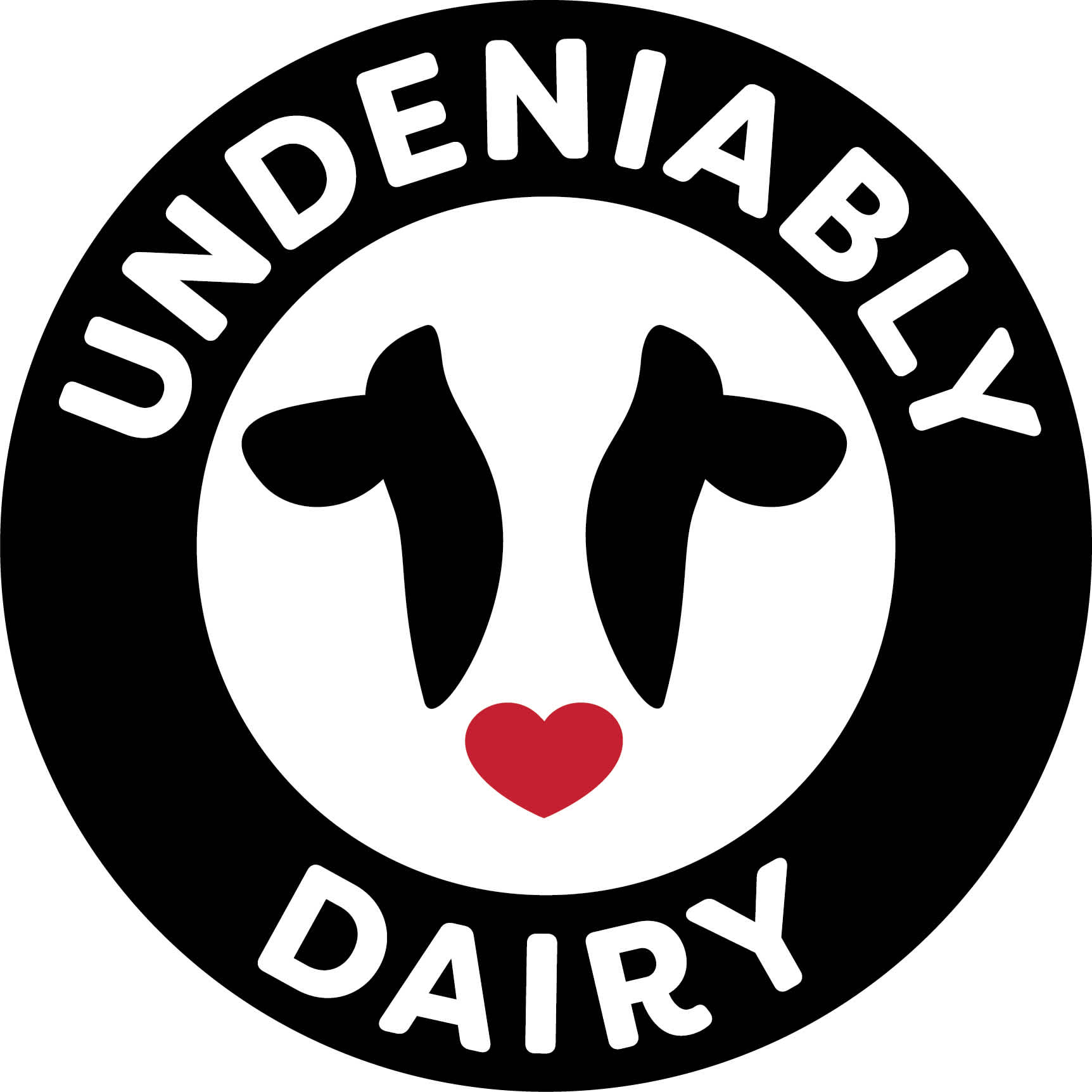A farmer’s office is the earth we all share, and as such, farmers have a vested interest in conserving the earth’s natural resources, both for the health of the planet and for their farms and families.
This creates a catch-22 situation: The dual need to ensure food security and nutrition for a fast-growing, global population while reducing the environmental impacts of agriculture on water, land, and of course, emissions.
With that awareness, however, farmers have been moving into action by implementing increasingly sustainable farming practices, with industry and community support to make these practices more accessible to more farms in more locations while maintaining profitability.
Increased efficiency
Dairy farmers have been able to make some moo-ves to reduce the environmental impact of producing a gallon of milk: As of 2017, this process creates a 19% smaller carbon footprint and requires 21% less land and 30% less water than it did in the previous decade. Using recycling technology, one gallon of water can actually be used as many as four times on a U.S. dairy farm.
Compared to 1944, today’s farming practices allow dairy farmers to produce a gallon of milk using 90% less land and 65% less water, with a 63% smaller carbon footprint. That progress continues to grow and compound as scientific solutions, like optimizing resource use and maximizing recycling, and increased access to them, spreads.
Recycling and regenerating
There are several unique recycling processes that dairy farmers use. One is nutrient recycling, where farmers apply nutrients from cow manure to plant-based croplands as a natural fertilizer.
Farmers also utilize centuries of knowledge and the latest science to practice regenerative farming. Practices like no tillage, crop rotation, and cover crops help maximize soil health, optimize its nutrients, and naturally deter pest and weed pressure.
Everyday food waste is another source of greenhouse gas emissions, but dairy farming can play a part in keeping that waste out of landfills. About 75% of what cows consume is inedible to humans; thanks to their ruminant digestive system, cows can eat grasses, corn stalks, ethanol by-products, fruit and vegetable trimmings, oat hulls and corn stalks that would otherwise end up in landfills. Thank you, cows!
Reducing emissions, increasing accessibility
Where can the U.S. dairy industry collectively have the greatest impact?
Between 2007 and 2017, dairy producers reduced greenhouse gas emissions by 19%.As part of its NetZero Initiative, U.S. dairy’s goal is to be greenhouse gas-neutral by 2050.
Implementing greenhouse-gas-reducing new practices and technologies can be expensive, and effectiveness can vary widely depending on location. This cost burden is often a barrier for individual farms.
Through foundational research, on-farm pilot programs, and development of new products, the dairy community is working to break down barriers to make technology and best practices more accessible and affordable to farms of all sizes and geographies.
Midwest Dairy, a partner to the Science Museum of Minnesota, plays an important part in this advocacy of dairy farmers’ commitment to responsible and sustainable production to provide the nutrients found in dairy products while advocating for the planet. You can learn more at www.midwestdairy.com/farm-life/sustainability.

